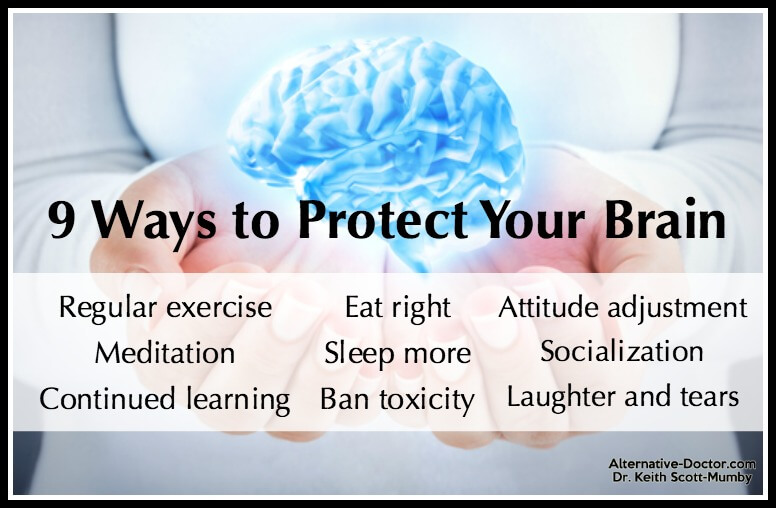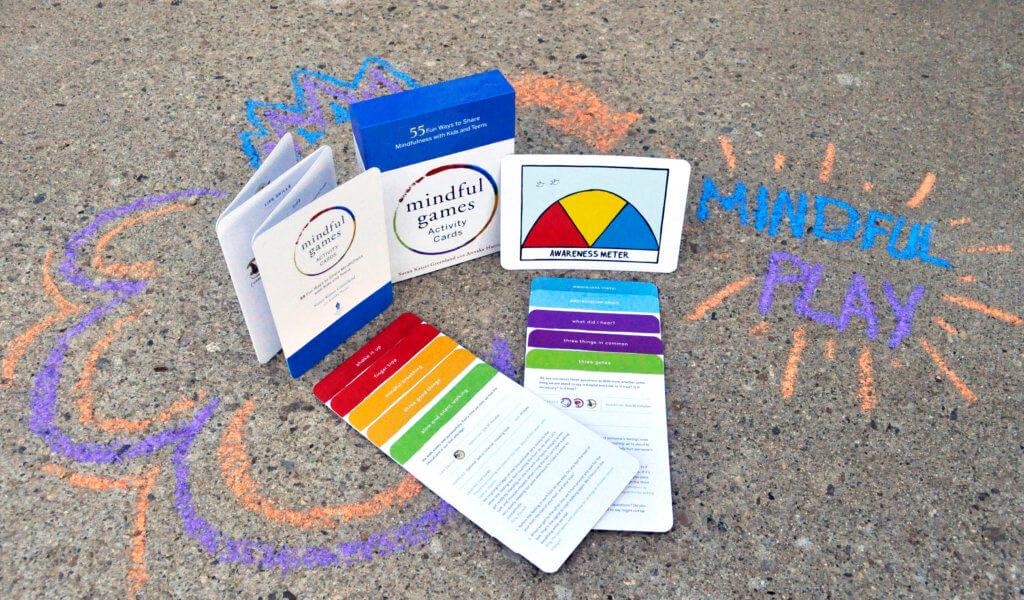The Brain 9
The da vinci code 2006. Here’s something to wrap your mind around: The human brain is more complex than any other known structure in the universe. Weighing in at three pounds, on average, this spongy mass of fat and protein is made up of two overarching types of cells—called glia and neurons—and it contains many billions of each. Neurons are notable for their branch-like projections called axons and dendrites, which gather and transmit electrochemical signals. Different types of glial cells provide physical protection to neurons and help keep them, and the brain, healthy.
Classic editor History Talk (0) Share. The Fabrication Machine. The source of the machines, and the main antagonist of the movie. 9 Film Wiki is. SUPPORTING PARTNERS. Disclaimer; Privacy Policy; Accessibility Policy; Terms and Conditions; Some pages on this website provide links that require Adobe Reader to view. BrainHQ is an online brain-training system that represents the culmination of 30 years of research in neurological science and related medicine.
Together, this complex network of cells gives rise to every aspect of our shared humanity. We could not breathe, play, love, or remember without the brain.
The cerebrum is the largest part of the brain, accounting for 85 percent of the organ's weight. The distinctive, deeply wrinkled outer surface is the cerebral cortex. It's the cerebrum that makes the human brain—and therefore humans—so formidable. Animals such as elephants, dolphins, and whales actually have larger brains, but humans have the most developed cerebrum. It's packed to capacity inside our skulls, with deep folds that cleverly maximize the total surface area of the cortex.
The cerebrum has two halves, or hemispheres, that are further divided into four regions, or lobes. The frontal lobes, located behind the forehead, are involved with speech, thought, learning, emotion, and movement. Behind them are the parietal lobes, which process sensory information such as touch, temperature, and pain. At the rear of the brain are the occipital lobes, dealing with vision. Lastly, there are the temporal lobes, near the temples, which are involved with hearing and memory.
The second-largest part of the brain is the cerebellum, which sits beneath the back of the cerebrum. It plays an important role in coordinating movement, posture, and balance.
The third-largest part is the diencephalon, located in the core of the brain. A complex of structures roughly the size of an apricot, its two major sections are the thalamus and hypothalamus. The thalamus acts as a relay station for incoming nerve impulses from around the body that are then forwarded to the appropriate brain region for processing. The hypothalamus controls hormone secretions from the nearby pituitary gland. These hormones govern growth and instinctual behaviors, such as when a new mother starts to lactate. The hypothalamus is also important for keeping bodily processes like temperature, hunger, and thirst balanced.
The Brain 9 Review
Seated at the organ's base, the brain stem controls reflexes and basic life functions such as heart rate, breathing, and blood pressure. It also regulates when you feel sleepy or awake and connects the cerebrum and cerebellum to the spinal cord.
The brain is extremely sensitive and delicate, and so it requires maximum protection, which is provided by the hard bone of the skull and three tough membranes called meninges. The spaces between these membranes are filled with fluid that cushions the brain and keeps it from being damaged by contact with the inside of the skull.
Want more proof that the brain is extraordinary? Look no further than the blood-brain barrier. The discovery of this unique feature dates to the 19th century, when various experiments revealed that dye, when injected into the bloodstream, colored all of the body’s organs except the brain and spinal cord. The same dye, when injected into the spinal fluid, tinted only the brain and spinal cord.
This led scientists to learn that the brain has an ingenious, protective layer. Called the blood-brain barrier, it’s made up of special, tightly bound cells that together function as a kind of semi-permeable gate throughout most of the organ. It keeps the brain environment safe and stable by preventing some toxins, pathogens, and other harmful substances from entering the brain through the bloodstream, while simultaneously allowing oxygen and vital nutrients to pass through.

Of course, when a machine as finely calibrated and complex as the brain gets injured or malfunctions, problems arise. One in five Americans suffers from some form of neurological damage, a wide-ranging list that includes stroke, epilepsy, and cerebral palsy, as well as dementia.
Alzheimer’s disease, which is characterized in part by a gradual progression of short-term memory loss, disorientation, and mood swings, is the most common cause of dementia. It is the sixth leading cause of death in the United States, and the number of people diagnosed with it is growing. Worldwide, some 50 million people suffer from Alzheimer’s or some form of dementia. While there are a handful of drugs available to mitigate Alzheimer’s symptoms, there is no cure. Researchers across the globe continue to develop treatments that one day might put an end to the disease’s devasting effects.

Far more common than neurological disorders, however, are conditions that fall under a broad category called mental illness. Unfortunately, negative attitudes toward people who suffer from mental illness are widespread. The stigma attached to mental illness can create feelings of shame, embarrassment, and rejection, causing many people to suffer in silence. In the United States, where anxiety disorders are the most common forms of mental illness, only about 40 percent of sufferers receive treatment. Anxiety disorders often stem from abnormalities in the brain’s hippocampus and prefrontal cortex.
Attention-deficit/hyperactivity disorder, or ADHD, is a mental health condition that also affects adults but is far more often diagnosed in children. ADHD is characterized by hyperactivity and an inability to stay focused. While the exact cause of ADHD has not yet been determined, scientists believe that it may be linked to several factors, among them genetics or brain injury. Treatment for ADHD may include psychotherapy as well as medications. The latter can help by increasing the brain chemicals dopamine and norepinephrine, which are vital to thinking and focusing.
The Brain 9 Download
Depression is another common mental health condition. It is the leading cause of disability worldwide and is often accompanied by anxiety. Depression can be marked by an array of symptoms, including persistent sadness, irritability, and changes in appetite. The good news is that in general, anxiety and depression are highly treatable through various medications—which help the brain use certain chemicals more efficiently—and through forms of therapy.
